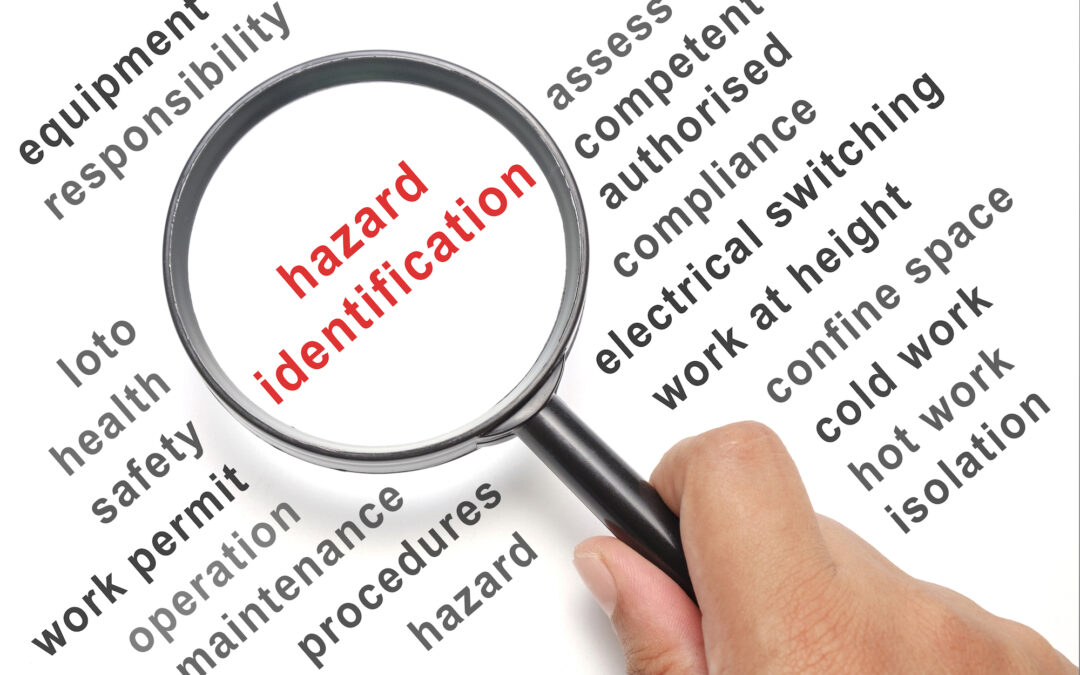Many workers are injured at the workplace every day. Most workplace injuries and illnesses can be prevented by establishing job procedures and ensuring that all employees are trained appropriately. One of the best ways to determine proper work procedures is to conduct a job hazard analysis. A job hazard analysis is a technique to identify the dangers of specific tasks to reduce the risk of injury to workers.
Discussion Points:
• What is a job hazard analysis?
• Why is a job hazard analysis important?
• When is a job hazard analysis necessary?
• How can it be determined what job task needs a job hazard analysis?
• When is it necessary to review a job hazard analysis?
Discussion:
A job hazard analysis is a component of the safety and health management system. OSHA recommends a job hazard analysis for each work task to identify potential hazards. A hazard should be assessed for severity and frequency, then controls implemented before an employee becomes injured. OSHA also suggests prioritizing the job hazard analysis process by selecting tasks that pose the greatest hazards. These can be found by reviewing the OSHA 300 log, near-miss history, and safety reports. A job hazards analysis focuses on the relationships between the worker, the task, the tools, and the work environment.
When conducting a job hazard analysis, questions should be asked and the answers documented: What can go wrong? What are the consequences? How could it arise? What are other contributing factors? And How likely is it that the hazard will occur? To identify a potential hazard, one may ask: Do tools, machines, or equipment, present hazards? Can a worker make harmful contact with moving objects? Can the worker slip, trip, or fall? Is excessive noise or vibration a problem? Is lighting a problem? Is harmful radiation a possibility?
Can weather conditions affect safety? Is there dust, fumes, mists, or vapors in the air? Determine ways to eliminate or control the identified hazards. Refer to OSHA standards for your industry; compliance with many standards is mandatory, and requirements should be incorporated in the job hazard analysis to ensure your safety and health program meets federal and state standards.
After the job hazard analysis is completed, the results must be communicated with workers who are, or will be, performing the job. It is vital to involve employees in the process, as they can contribute information associated with the job task procedures.
The job hazard analysis must be revised whenever there are changes in the equipment, material, process, or environment. It is recommended to review and update the job hazard analysis for each task, regularly, communicate the results with management and supervisors, and train or retrain employees affected by the changes. Reviewing the job hazard analysis ensures that it is up-to-date and continues to prevent workplace accidents and work-related injuries.
As always, be safe out there!


Recent Comments